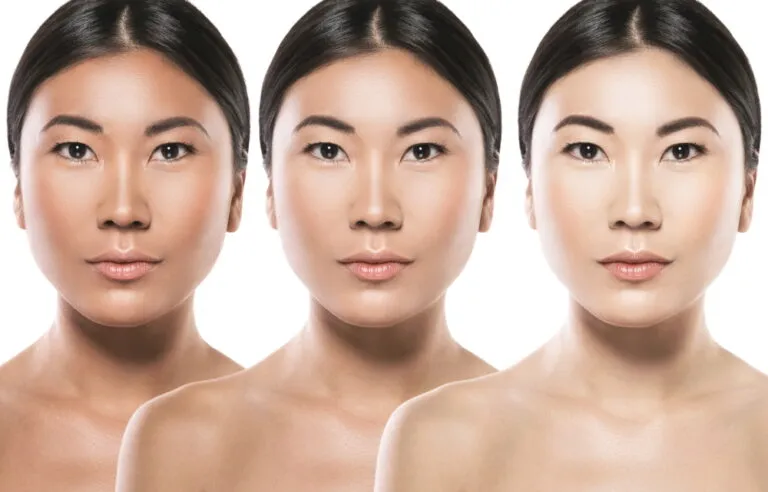Topical Vitamin D: For Treating Vitiligo and Enhancing Skin Pigmentation
Vitamin D, a vital prohormone in human organ systems, has been a subject of interest in dermatology, particularly for its role in skin health. A systematic review by Al-Smadi et al. (2023) delves into the use of topical Vitamin D formulations, such as cholecalciferol, calcipotriol, and tacalcitol, in treating vitiligo, a skin condition characterized by the loss of melanin.
The Role of Vitamin D in Skin Health
Vitamin D is produced in the skin upon exposure to UVB rays and plays a crucial role in various bodily functions. In the context of skin health, Vitamin D is involved in stimulating melanin synthesis and melanogenesis. This process is crucial for repigmentation, especially in conditions like vitiligo.
Vitamin D and Vitiligo Treatment
The review by Al-Smadi et al. (2023) highlights the potential of topical Vitamin D in treating vitiligo. It has been observed that the inclusion of calcipotriol or tacalcitol in Narrowband Ultraviolet Phototherapy (NB-UVB) can enhance therapeutic outcomes for vitiligo patients. However, the effectiveness of these Vitamin D analogues in combination with other treatments like Psoralens Long Wave Ultraviolet Radiation (PUVA) and Monochromatic Excimer Light (MEL) is limited.
Combining Topical Corticosteroids with Vitamin D Analogues
An interesting finding of the study is the superior efficacy of combining topical corticosteroids with Vitamin D analogues in treating vitiligo compared to using Vitamin D analogues alone. This combination not only improves treatment outcomes but also helps in reducing the adverse effects associated with corticosteroids.
Success with Topical Cholecalciferol and Microneedling
Treating stable vitiligo with topical cholecalciferol and microneedling has shown promising results. This approach indicates the potential of Vitamin D in its various forms to aid in the repigmentation process, offering a new direction in vitiligo treatment.
Future Directions and Research
The review underscores the need for future studies to determine an efficient method of administering Vitamin D topically as an anti-vitiligo agent. As research progresses, it is hoped that more effective and patient-friendly treatments for vitiligo and other pigmentation disorders can be developed.
Conclusion
Topical Vitamin D formulations emerge as a promising avenue in the treatment of vitiligo, enhancing melanin production and aiding in skin repigmentation. The findings of Al-Smadi et al. (2023) open up new possibilities for dermatological treatments, offering hope to those affected by vitiligo and similar conditions.
Reference:
- Al-Smadi, K., Ali, M., Alavi, S. E., Jin, X., Imran, M., Leite-Silva, V. R., & Mohammed, Y. (2023). Using a Topical Formulation of Vitamin D for the Treatment of Vitiligo: A Systematic Review. Cells, 12(19), 2387. DOI:10.3390/cells12192387.







